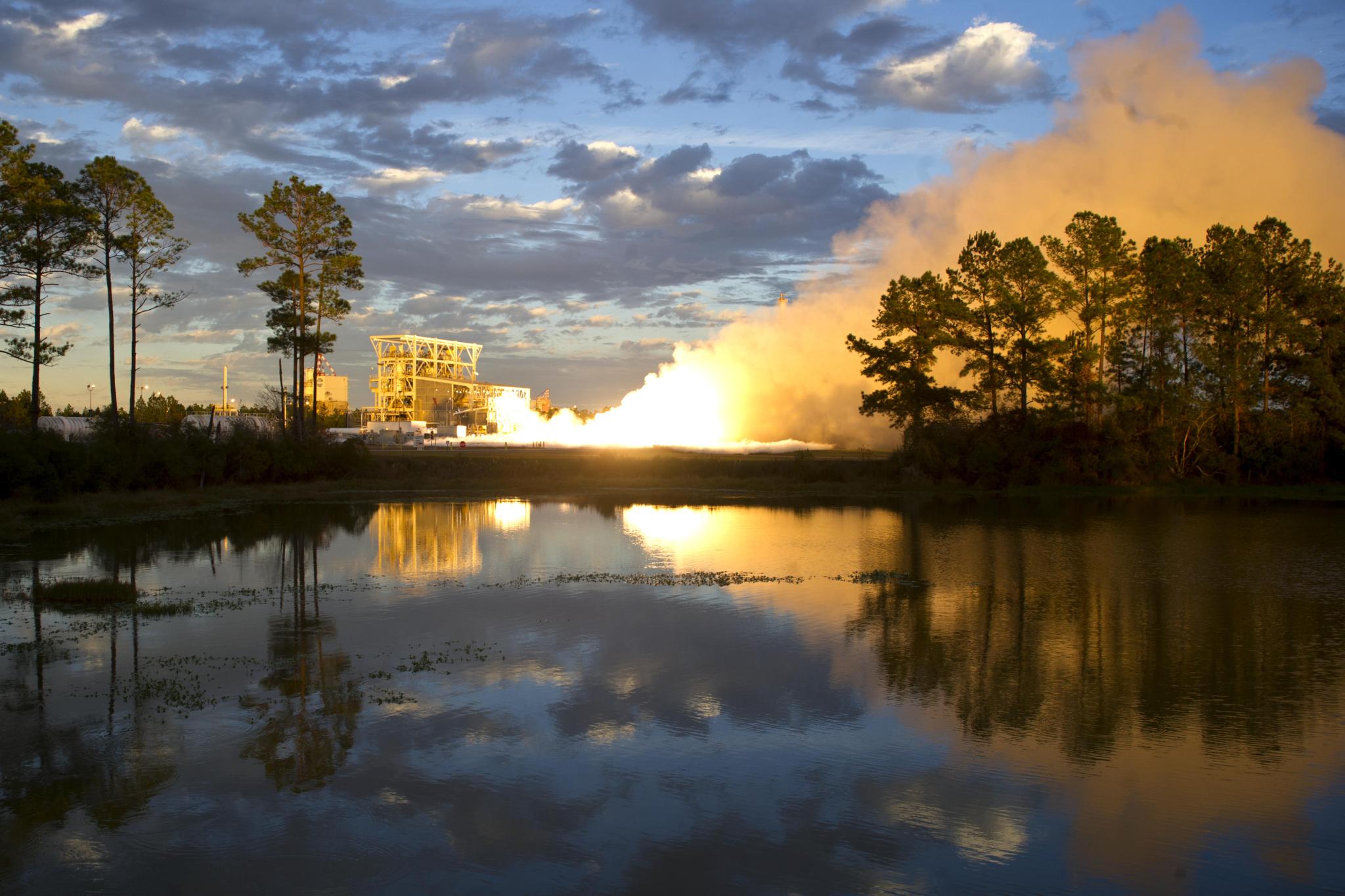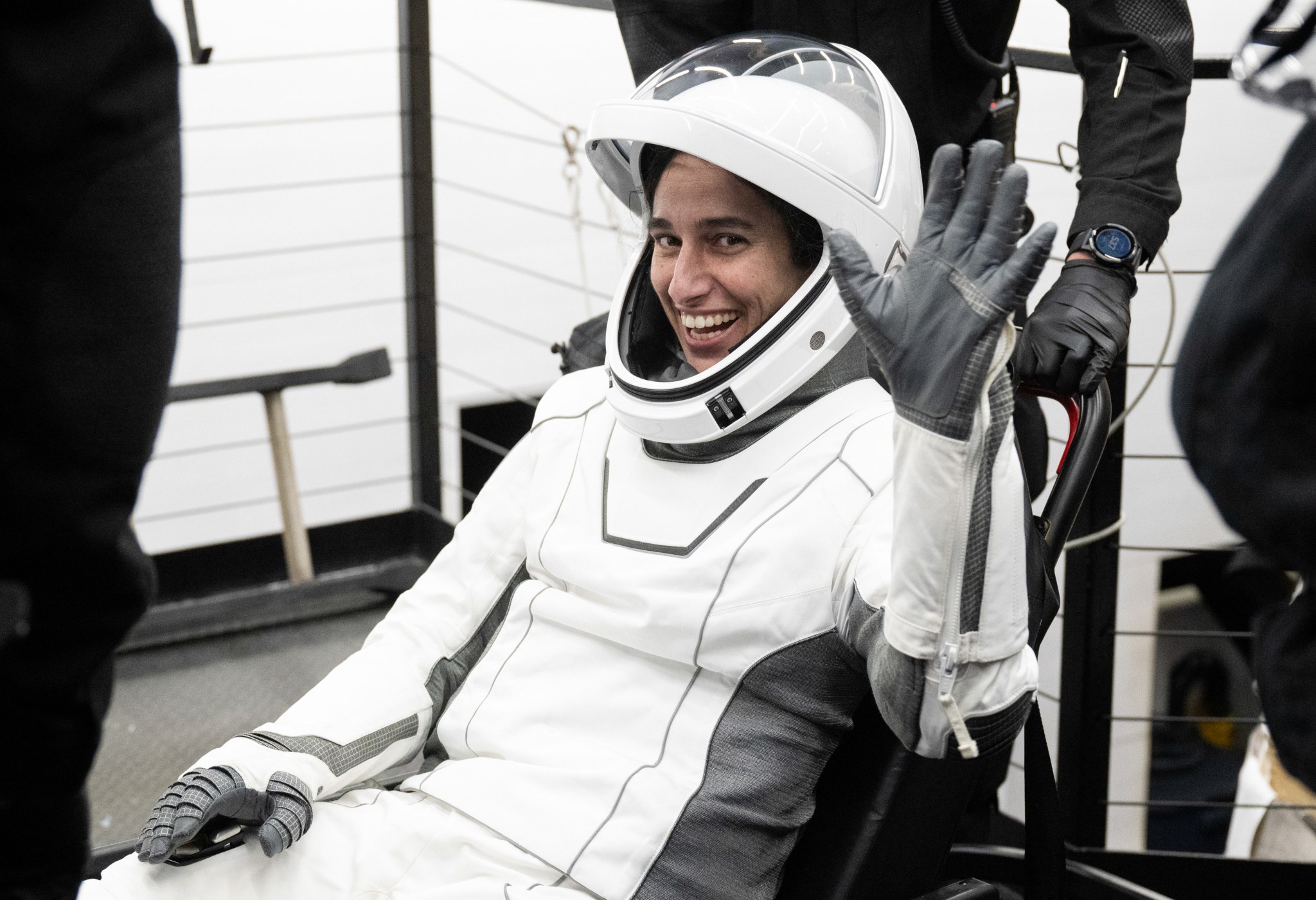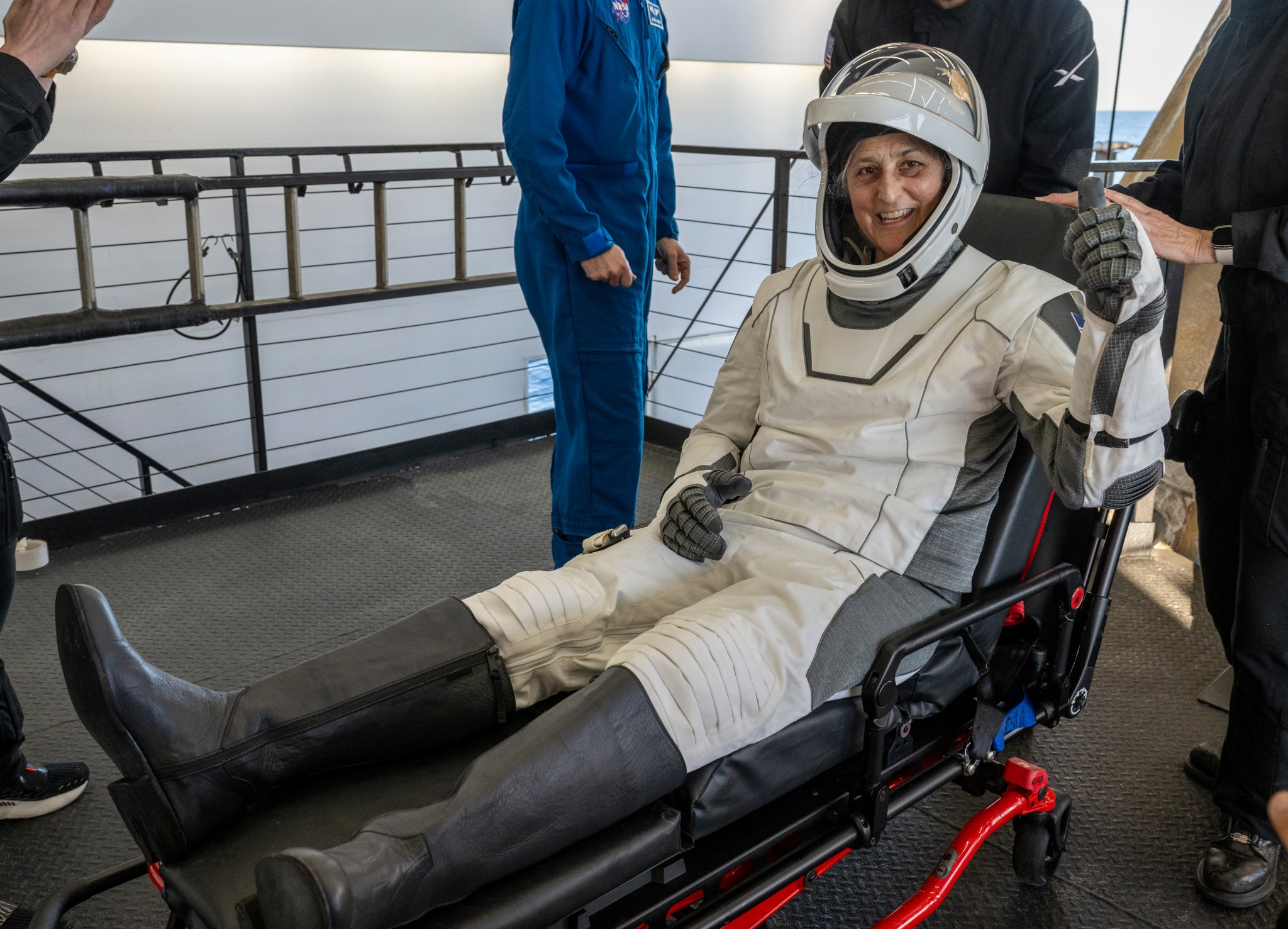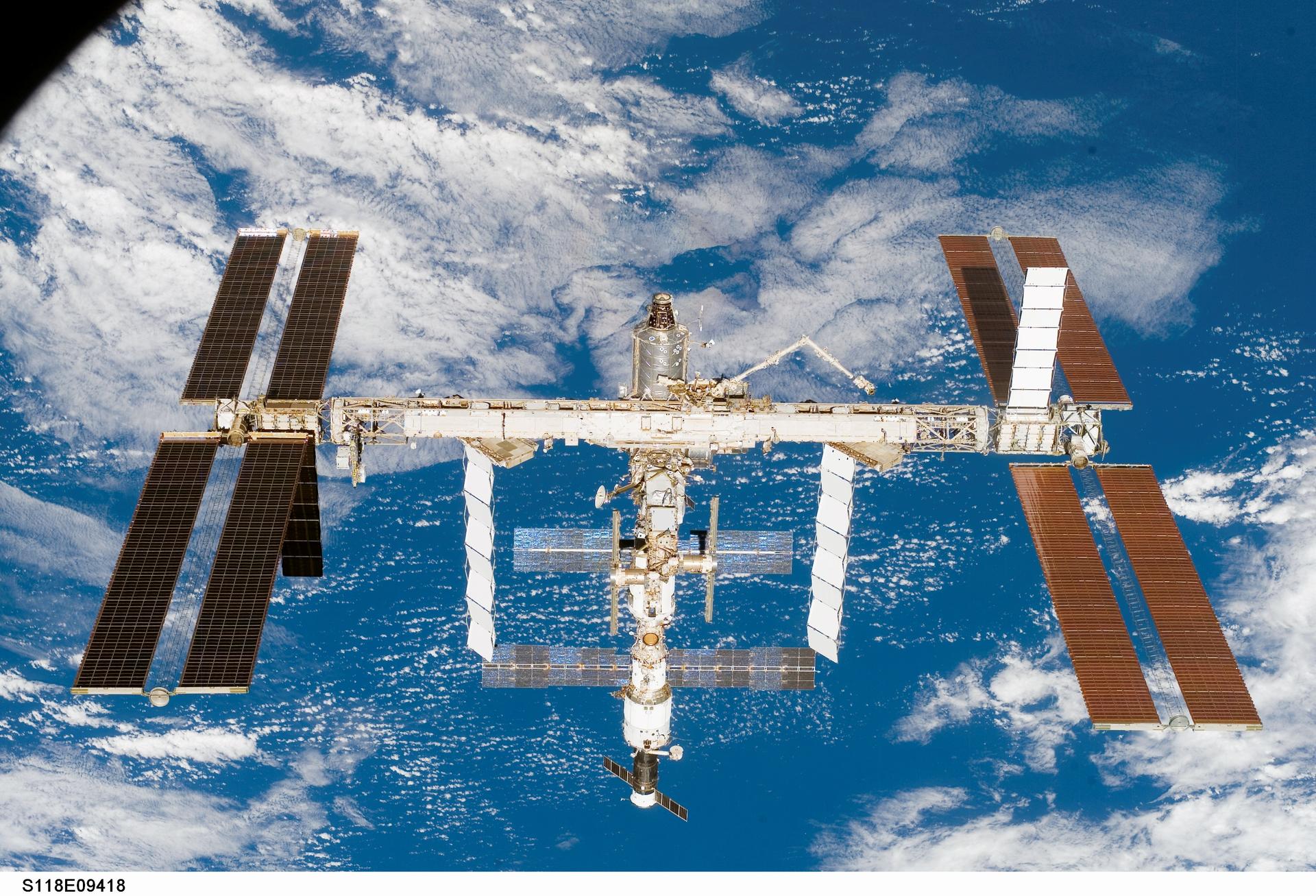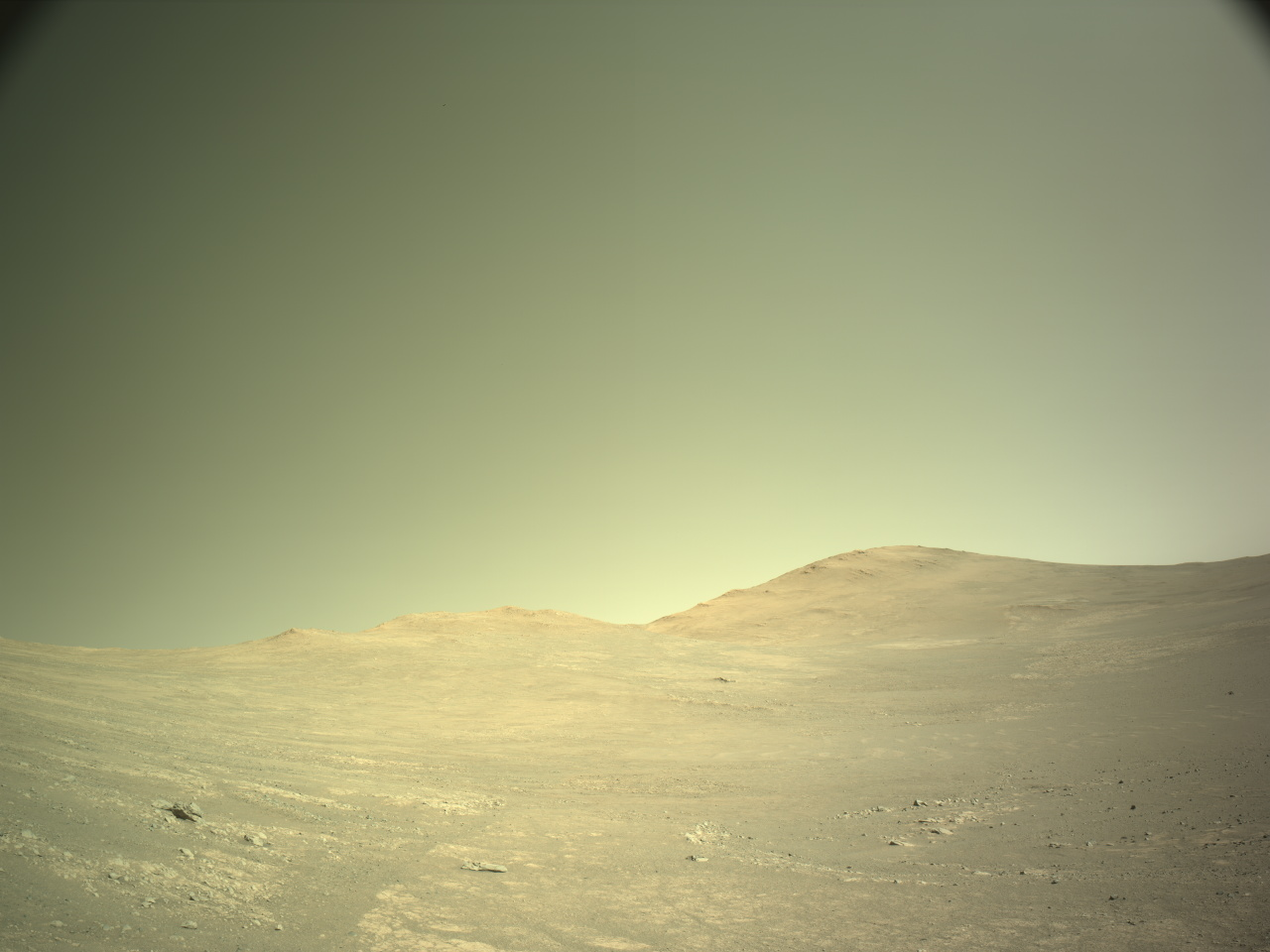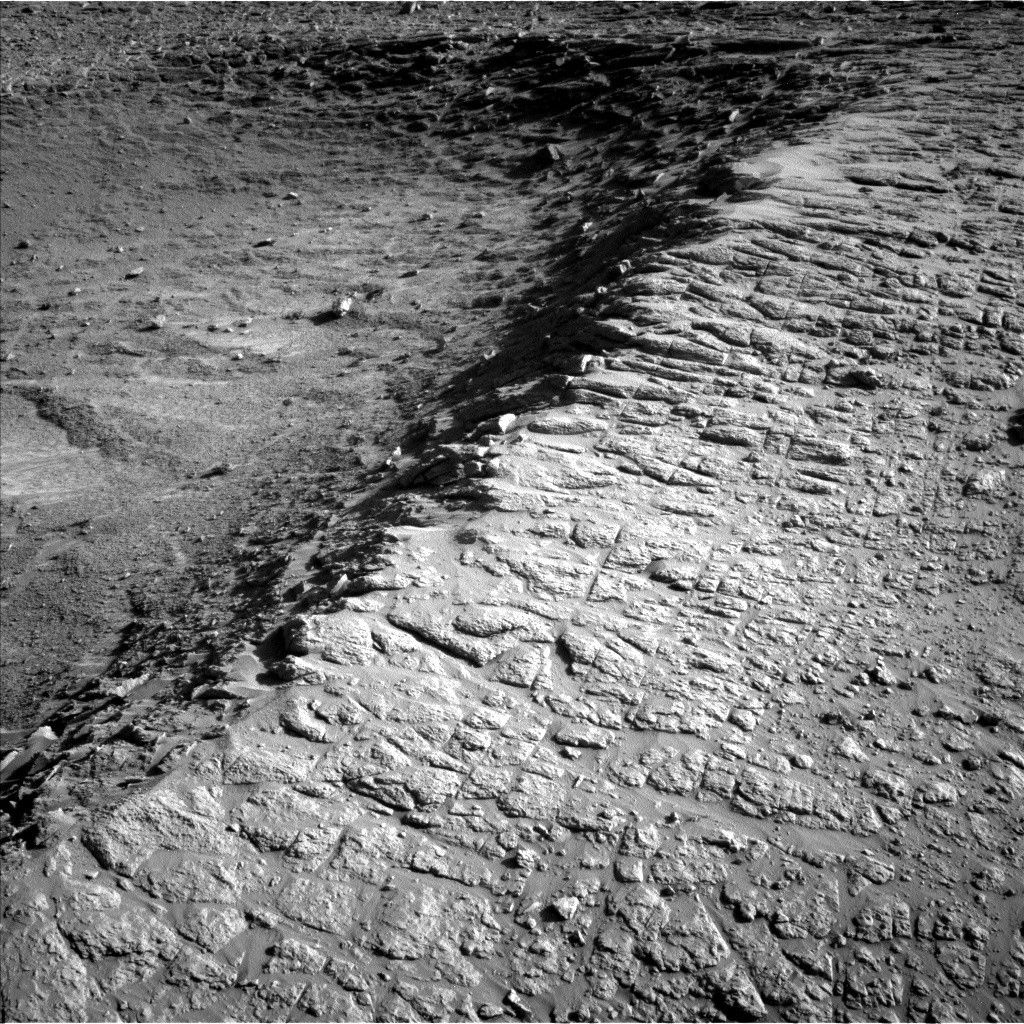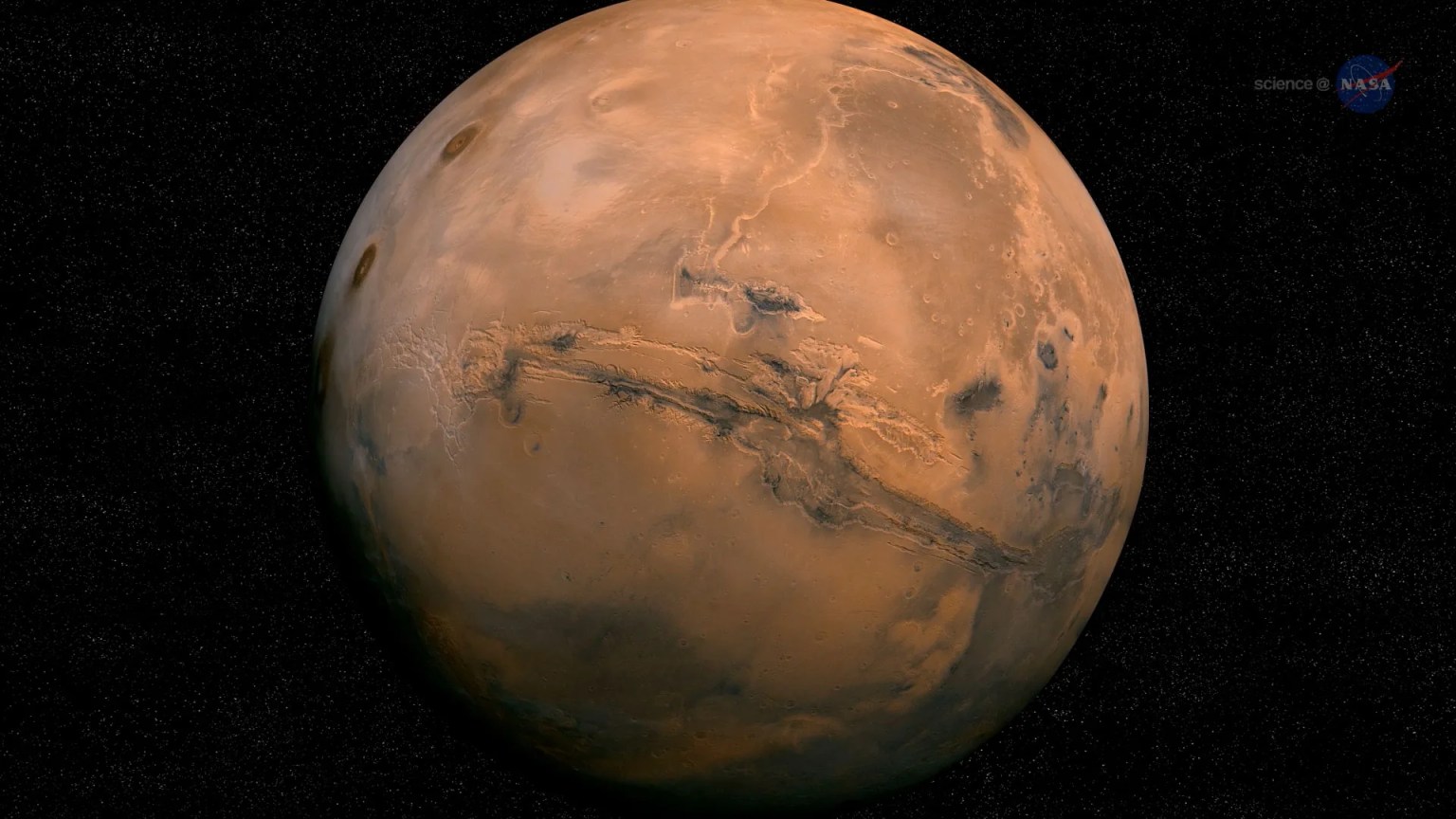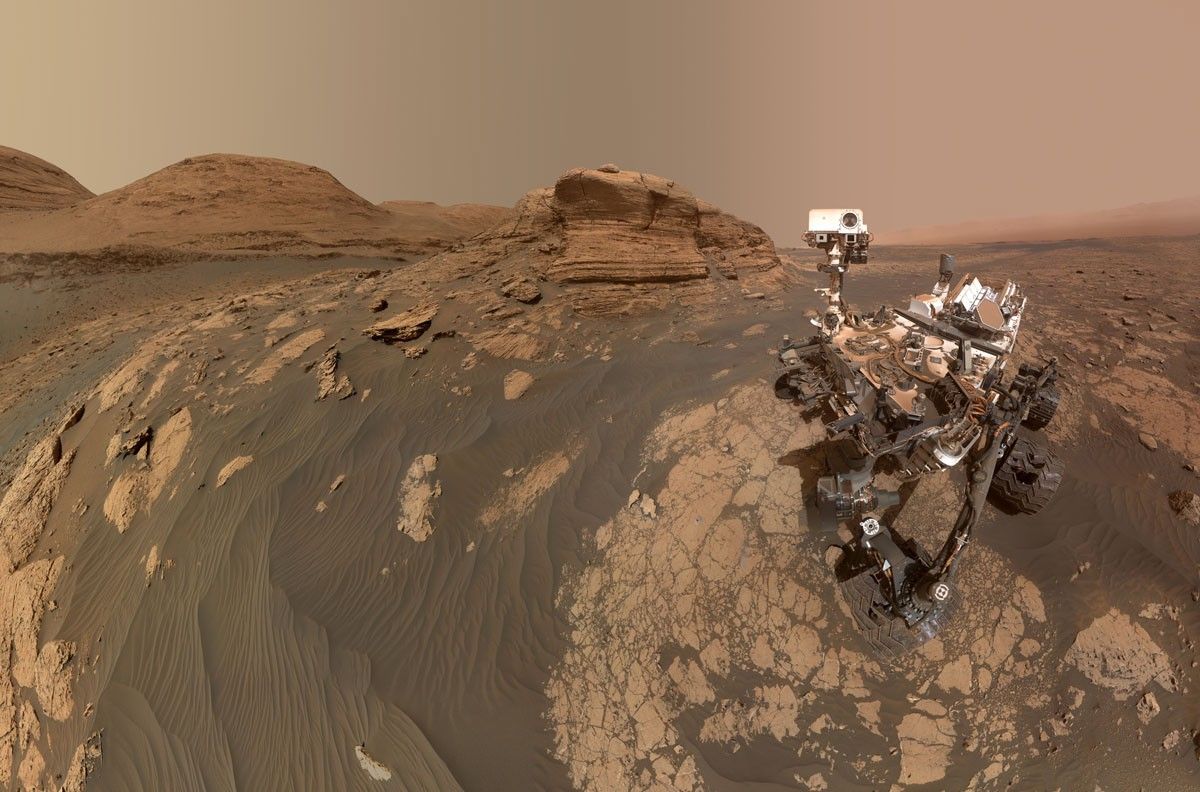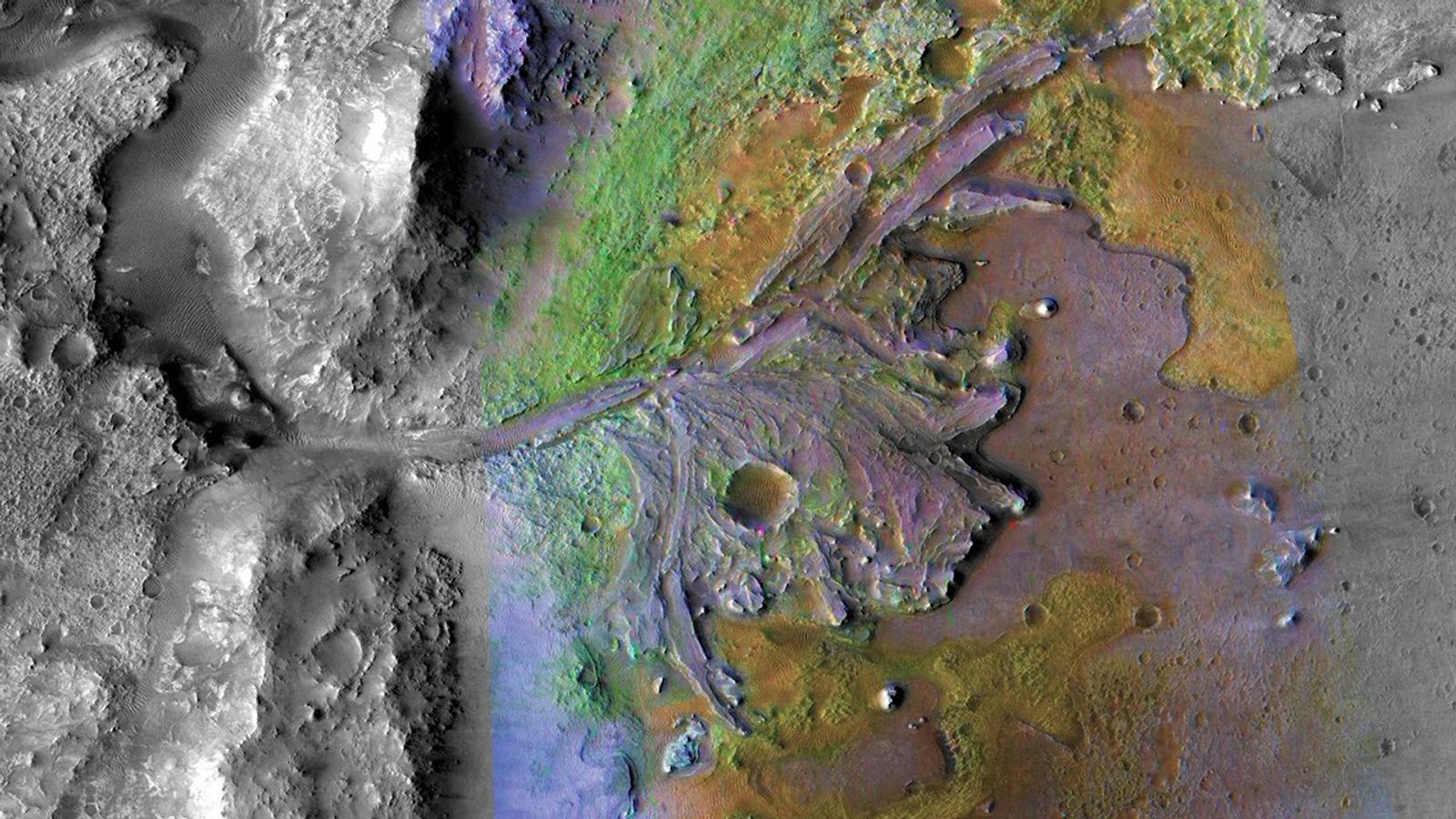Life After Microgravity: Astronauts Reflect on Post-Flight Recovery
Space changes you. It strengthens some muscles, weakens others, shifts fluids within your body, and realigns your sense of balance. NASA’s Human Research Program works to understand—and sometimes even counter—those changes so astronauts can thrive on future deep space missions.
Astronauts aboard the International Space Station work out roughly two hours a day to protect bone density, muscle strength and the cardiovascular system, but the longer they are in microgravity, the harder it can be for the brain and body to readapt to gravity’s pull. After months in orbit, returning astronauts often describe Earth as heavy, loud, and strangely still. Some reacclimate within days, while other astronauts take longer to fully recover.
Adjusting to Gravity
The crew of NASA’s SpaceX Crew-7 mission— NASA astronaut Jasmin Moghbeli, ESA (European Space Agency) astronaut Andreas Mogensen, JAXA (Japan Aerospace Exploration Agency) astronaut Satoshi Furukawa, and Roscosmos cosmonaut Konstantin Borisov—landed in March 2024 after nearly 200 days in space. One of the first tests volunteer crew members completed was walking with their eyes open and then closed.
“With eyes closed, it was almost impossible to walk in a straight line,” Mogensen said. In space, vision is the primary way astronauts orient themselves, but back on Earth, the brain must relearn how to use inner-ear balance signals. Moghbeli joked her first attempt at the exercise looked like “a nice tap dance.”
“I felt very wobbly for the first two days,” Moghbeli said. “My neck was very tired from holding up my head.” She added that, overall, her body readapted to gravity quickly.
Astronauts each recover on their own timetable and may encounter different challenges. Mogensen said his coordination took time to return. Furukawa noted that he could not look down without feeling nauseated. “Day by day, I recovered and got more stable,” he said.
NASA astronaut Loral O’Hara returned in April 2024 after 204 days in space. She said she felt almost completely back to normal a week after returning to Earth. O’Hara added that her prior experience as an ocean engineer gave her insight into space missions. “Having those small teams in the field working with a team somewhere else back on shore with more resources is a good analog for the space station and all the missions we’re hoping to do in the future,” she said.
NASA astronaut Nichole Ayers, who flew her first space mission with NASA’s SpaceX Crew-10, noted that the brain quickly adapts to weightlessness by tuning out the vestibular system, which controls balance. “Then, within days of being back on Earth, it remembers again—it’s amazing how fast the body readjusts,” she said.
When NASA astronaut Frank Rubio landed in Kazakhstan in September 2023, he had just completed a record 371-day mission—the longest single U.S. spaceflight.
Rubio said his body adjusted to gravity right away, though his feet and lower back were sore after more than a year without weight on them. Thanks to consistent workouts, Rubio said he felt mostly recovered within a couple of weeks.
Mentally, extending his mission from six months to a year was a challenge. “It was a mixed emotional roller coaster,” he said, but regular video calls with family kept him grounded. “It was almost overwhelming how much love and support we received.”
Crew-8 astronauts Matt Dominick, Jeanette Epps, Michael Barratt, and cosmonaut Alexander Grebenkin splashed down in October 2024 after 235 days on station. Dominick found sitting on hard surfaces uncomfortable at first. Epps felt the heaviness of Earth immediately. “You have to move and exercise every day, regardless of how exhausted you feel,” she said.
Barratt, veteran astronaut and board certified in internal and aerospace medicine, explained that recovery differs for each crew member, and that every return teaches NASA something new.
Still a Challenge, Even for Space Veterans
Veteran NASA astronauts Suni Williams and Butch Wilmore returned from a nine-month mission with Crew-9 in early 2025. Despite her extensive spaceflight experience, Williams said re-adapting to gravity can still be tough. “The weight and heaviness of things is surprising,” she said. Like others, she pushed herself to move daily to regain strength and balance.
NASA astronaut Don Pettit, also a veteran flyer, came home in April 2025 after 220 days on the space station. At 70 years old, he is NASA’s oldest active astronaut—but experience did not make gravity gentler. During landing, he says he was kept busy, “emptying the contents of my stomach onto the steppes of Kazakhstan.” Microgravity had eased the aches in his joints and muscles, but Earth’s pull brought them back all at once.
Pettit said his recovery felt similar to earlier missions. “I still feel like a little kid inside,” he said. The hardest part, he explained, isn’t regaining strength in big muscle groups, but retraining the small, often-overlooked muscles unused in space. “It’s a learning process to get used to gravity again.”
Recovery happens day by day—with help from exercise, support systems, and a little humor. No matter how long an astronaut is in space, every journey back to Earth is unique.
The Human Research Program help scientists understand how spaceflight environments affect astronaut health and performance and informs strategies to keep crews healthy for future missions to the Moon, Mars, and beyond. The program studies astronauts before, during, and after spaceflight to learn how the human body adapts to living and working in space. It also collects data through Earth-based analog missions that can help keep astronauts safer for future space exploration.
To learn more about how microgravity affects the human body and develop new ways to help astronauts stay healthy, for example, its scientists conduct bedrest studies – asking dozens of volunteers to spend 60 days in bed with their heads tilted down at a specific angle. Lying in this position tricks the body into responding as it would if the body was in space which allows scientists to trial interventions to hopefully counter some of microgravity’s effects. Such studies, through led by NASA, occur at the German Aerospace Center’s Cologne campus at a facility called :envihab – a combination of “environment” and “habitat.”
Additional Earth-based insights come from the Crew Health and Performance Exploration Analog (CHAPEA) and the Human Exploration Research Analog (HERA) at NASA’s Johnson Space Center in Houston. Both analogs recreate the remote conditions and scenarios of deep space exploration here on Earth with volunteer crews who agree to live and work in the isolation of ground-based habitats and endure challenges like delayed communication that simulates the type of interactions that will occur during deep space journeys to and from Mars. Findings from these ground-based missions and others will help NASA refine its future interventions, strategies, and protocols for astronauts in space.
NASA and its partners have supported humans continuously living and working in space since November 2000. After nearly 25 years of continuous human presence, the space station remains the sole space-based proving ground for training and research for deep space missions, enabling NASA’s Artemis campaign, lunar exploration, and future Mars missions.
Powered by WPeMatico
Get The Details…
Sumer Loggins




